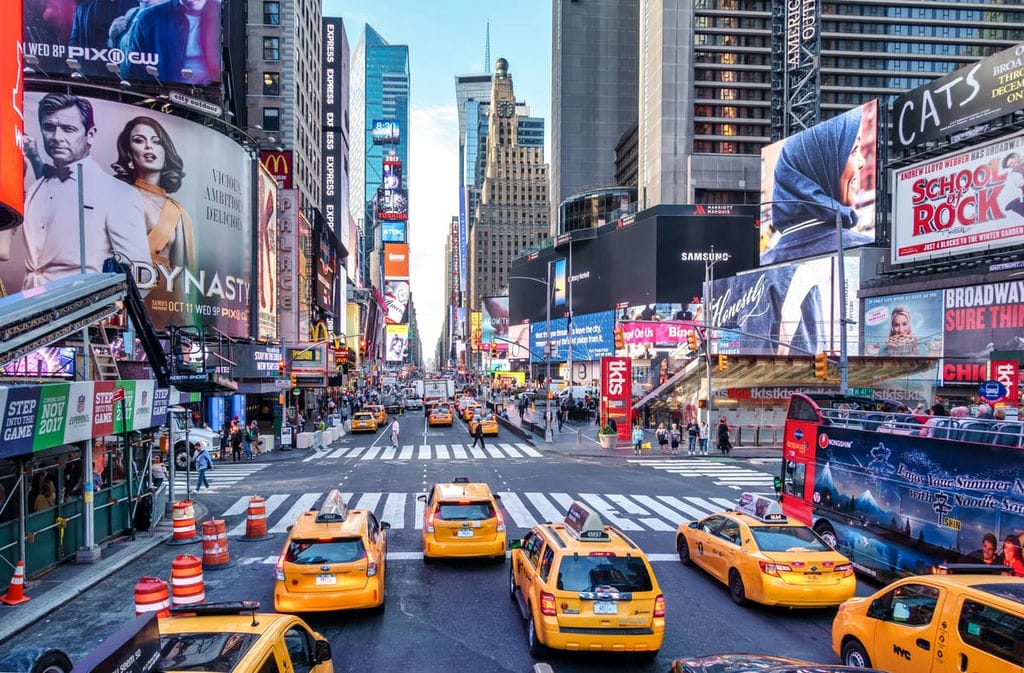Shipping from the State of New York to Texas
The Dutch were the first to settle by the Hudson River in 1624. After two years, they founded the colony of New Amsterdam on Manhattan Island. By 1664, the English had taken control of the area and changed its name to New York. A part of the original 13 colonies, New York played a vital political and strategic role in the American Revolution.

Shipping to the State of New York to Texas
Spanish missionaries were the earliest European settlers in Texas, founding San Antonio in 1718. Hostile natives and isolation from additional Spanish colonies kept Texas sparsely occupied until following the Revolutionary War and the War of Mexican self-government when the newly established Mexican government began to allow settlers from the U.S. to claim land there. This led to an inhabitant explosion, but dramatically abridged the percentage of the population with Mexican heritage, causing friction with the government in Mexico City.

After some smaller insurrections, the Texas Revolution broke out, and the state became an independent nation in 1836. However, the newly formed Texas Republic was not capable to defend itself from further incursions by Mexican troops and eventually negotiated with the U.S. to join the union in 1845.
